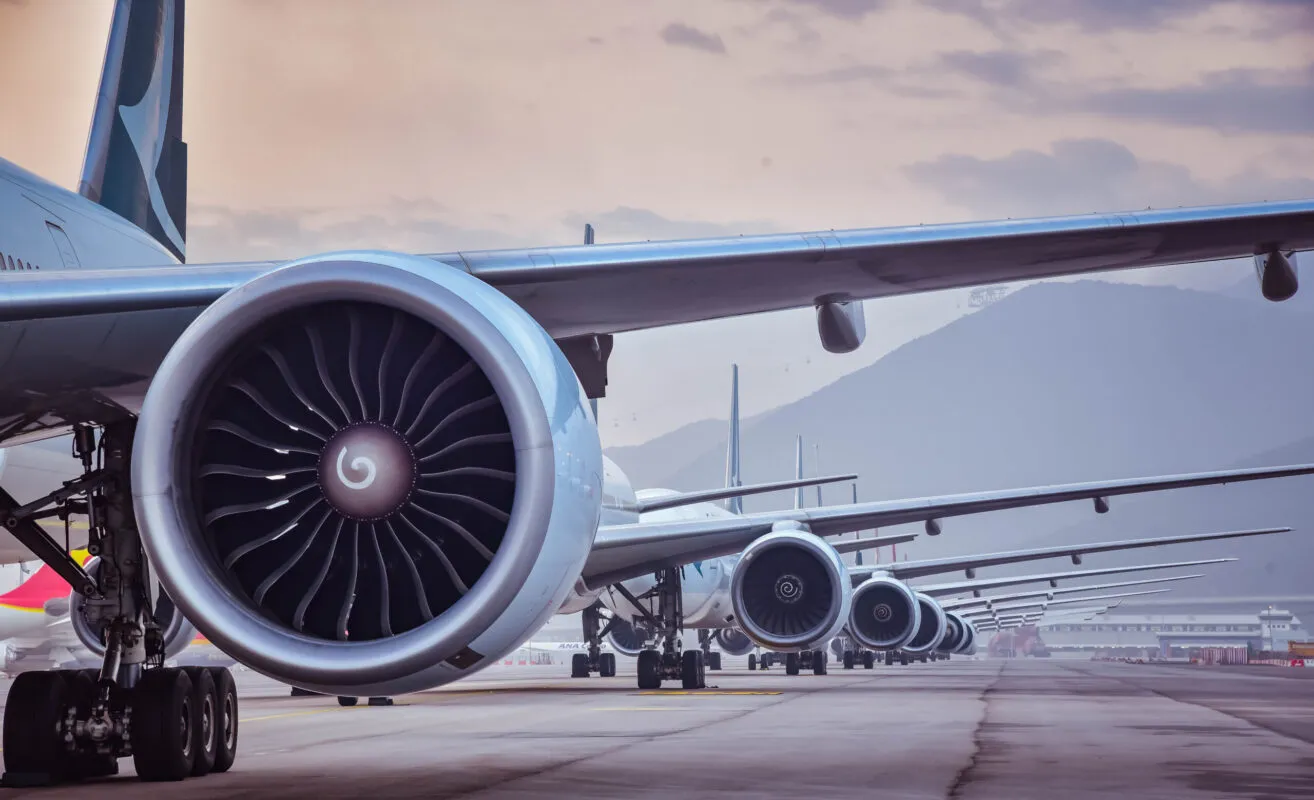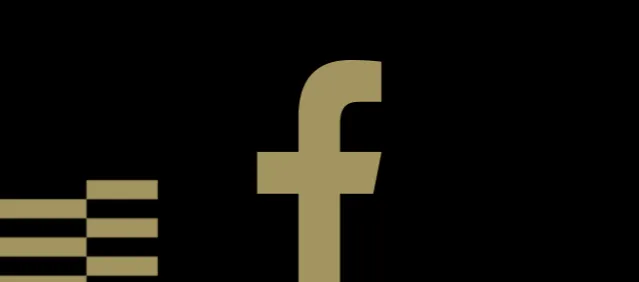What are the entry requirements?
There are several programme specific pre-requisites that the applicant must satisfy to access this programme. These requirements will be validated by Atlantic Aviation Group H1 Ltd. as part of the screening process of applicants for the programme. Only those candidates who have successfully passed the screening stage are considered for access and registration on the programme. The screening of candidates is conducted by Atlantic Aviation Group H1 Ltd. Shannon. The registration of successfully screened candidates on the programme is conducted by TUS.
How do I apply?
To apply for this course please contact the Programme Leader, David Ward.



